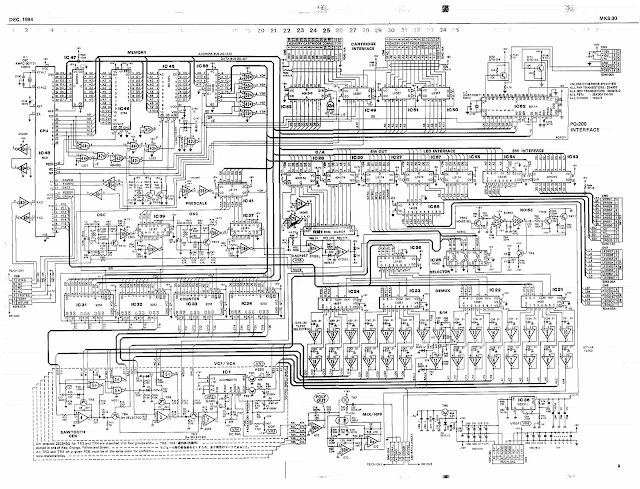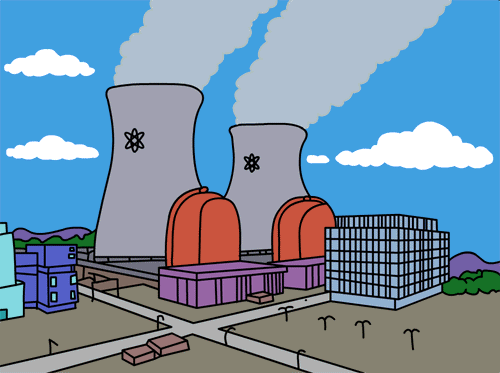Rock 'n' Roll can be studied to death but no academic analysis will ever reveal what makes it simply ROCK. From drum lines to guitar riffs, from the gritty to the outrageous, rock 'n' roll is something we just recognize. Forget nailing it down with words, we know it when we hear it.
However, if anyone has ever turned on a rock radio station in the last 40 years they've heard the most transcendent sound in the genre, distortion.
Distortion is the gritty sound we hear from a combination of the guitar, its amp and some other gadgetry. It's omnipotent presence in rock makes it at times unnoticeable, part of the background foundation of sonic chaos that makes up music
To get a few things straight. This
demo shows the difference between a guitar that has no distortion and then shortly after, what that same guitar sounds like with a distorted sound.
But what exactly is distortion? What gives it that sound? To answer this, we need to take a trip to the sonic world of sound waves. From vibrating guitar string to our ears, this is the journey.
To start, an electric guitar uses magnets to translate physical vibrating strings into electronic signals. When recorded, the sound wave looks like this:
A pure musical note. Imagine humming "oooo." Or listening to a single vibrating guitar string. Listen here
This is what's called a sine wave and this is what your ear is hearing. For the rest of this post, remember that the images you are seeing are actual representations of the sound pressure air waves you're eardrum is experiencing.
Distortion is exactly how it sounds, the original signal gets shaped, shifted, squished, stretched and overall, distorted:
The same pure musical note after being "distorted." This change in the shape is picked up by our eardrum as being slightly gritty and more aggressive. Listen here
Distortion is a naturally occurring event in electronics. Typically, distortion in electronics is not a good thing because it muddles the original signal and the accuracy of the contained information is skewed. For example, distortion in a computer is not a good thing. Rather, pure signals like the first image are preferable.
However, for our intrepid interpreting eardrums, this results in an entirely new perception of the sound, attributing to perhaps a different mood.
Pushing the distortion further will increase the sound to a harsher and more intense sound:
This is an intense amount of distortion. Notice the straight vertical drops. Listening to the example shows that this case of distortion has a hard, bleating sound, almost like a buzz saw. Remember that this wave coming out of a speaker is the exact wave that is hitting your eardrum. Your eardrum is being smacked by blunt sound waves. Listen here
The rabbit hole doesn't stop there. Any number of mixes of distortion can be achieved. Some intense sounds can look like this:
It's hard to imagine, but speakers make waves in these shapes. When you hear this, the air pressure waves are actually shaped like this. Listen here
That's all, this is one of the gremlins behind rock 'n' roll.
---------------------------------------------------------------------------------------------------------
A few housekeeping details and clarifications:
In this day and age, when science is being broken down into simpler components, the author always wants to say "in general, to roughly depict, this is a crude approximation of." Our science knowledge delves deep and within, is a quite complex world. This post is no different and it is safe to assume that whenever a general physics lesson like this is presented, there is a netherworld of items complicating the picture. Rest assured though, the fundamental principles remain.
For example. The very first image we saw earlier:
This is not what a vibrating guitar string signal looks like. This is a computer generated sine wave at 180 Hz.
A guitar string looks more like this:
This is a vibrating A string on a guitar, not so "siney" looking.
Tech Notes:
For all images:
X-axis: Time
Y-axis: Voltage
Where did the images of the graphs come from:
Using my computer and some common guitar distortion making devices known as pedals:
The black box is the distortion pedal that controls the amount of distortion for the outgoing signal.








































